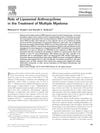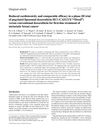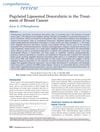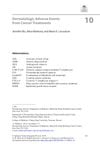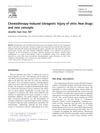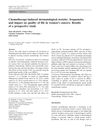Development of PEGylated Liposomes
October 2011
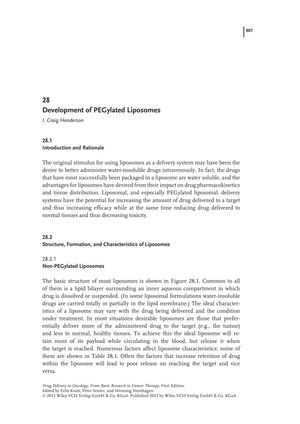
TLDR PEGylated liposomal doxorubicin improves cancer treatment effectiveness and reduces side effects like heart damage and hair loss.
The document from 12 years ago detailed the development and clinical application of PEGylated liposomal doxorubicin (PLD) as a drug delivery system in cancer treatment. PLD was designed to improve drug efficacy and reduce toxicity by enhancing pharmacokinetics and tissue distribution. It was shown to evade the immune system and deliver drugs effectively to target tissues, such as tumors. PLD demonstrated increased drug accumulation in tumors and improved therapeutic outcomes compared to free drugs. The document reported on PLD's pharmacokinetics, with a plasma half-life of 45-55 hours and a clearance that remains consistent over 2-3 weeks post-injection. Clinically, PLD had a toxicity profile with less nausea, vomiting, alopecia, and neutropenia but more palmar-plantar erythrodysesthesia (PPE), mucositis, and infusion reactions. Cardiotoxicity was also reduced with PLD compared to conventional doxorubicin. Studies involving patients with ovarian cancer, breast cancer, and AIDS-related Kaposi's sarcoma showed PLD's efficacy and lower toxicity. In pivotal trials, PLD was effective in treating ovarian cancer with fewer adverse events and improved progression-free survival (PFS) and overall survival (OS) compared to other treatments. In breast cancer, PLD was as effective as anthracyclines with a different toxicity profile and was beneficial as maintenance therapy. PLD also showed promise in multiple myeloma and soft-tissue sarcomas, with varying response rates and less cardiotoxicity. The document concluded that while PLD has proven benefits in increasing drug potency and reducing toxicities like cardiotoxicity and alopecia, more clinical data are needed to confirm the effectiveness of certain doses, and the potential of immunoliposomes remains to be demonstrated in clinical trials.
